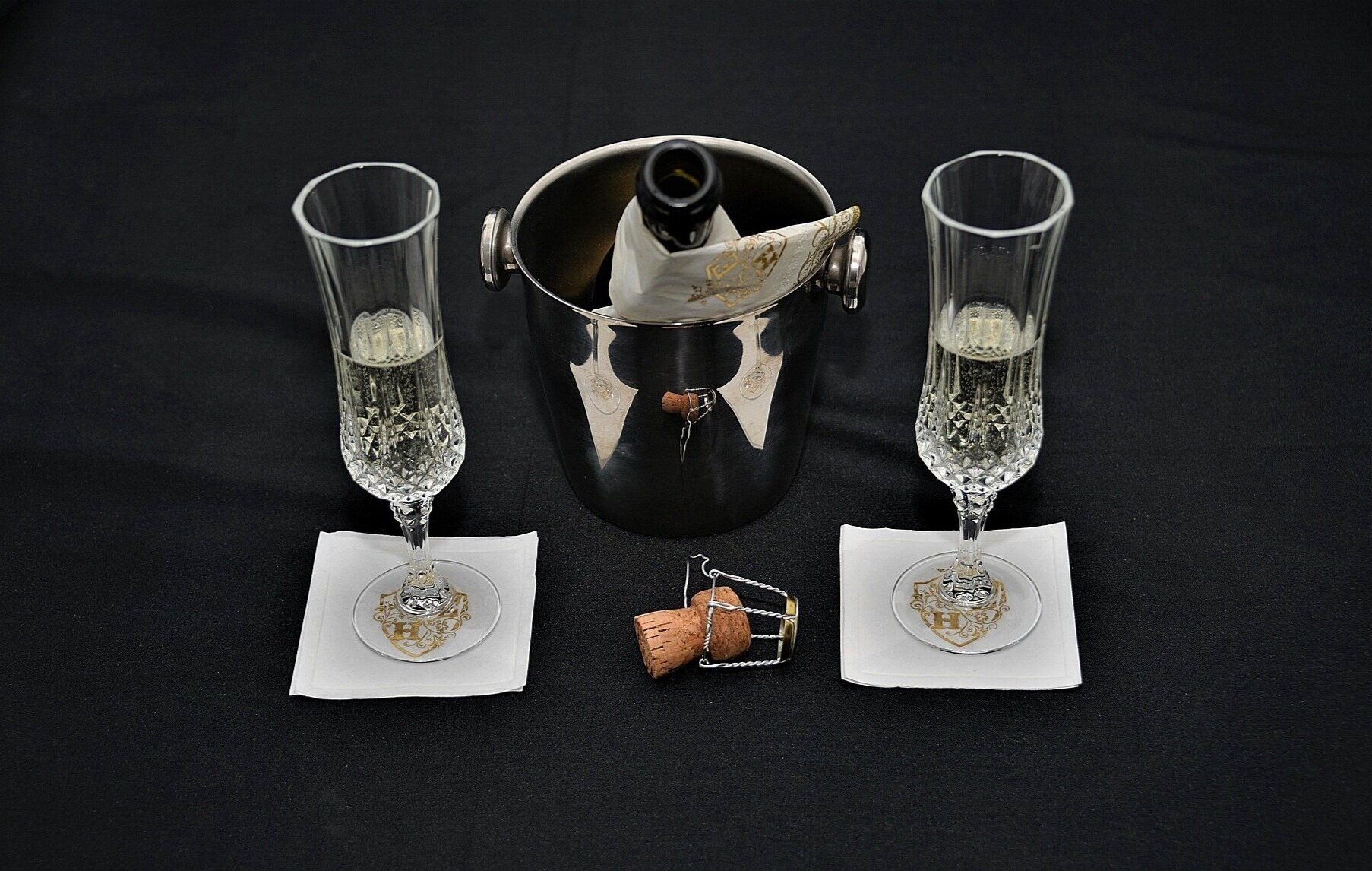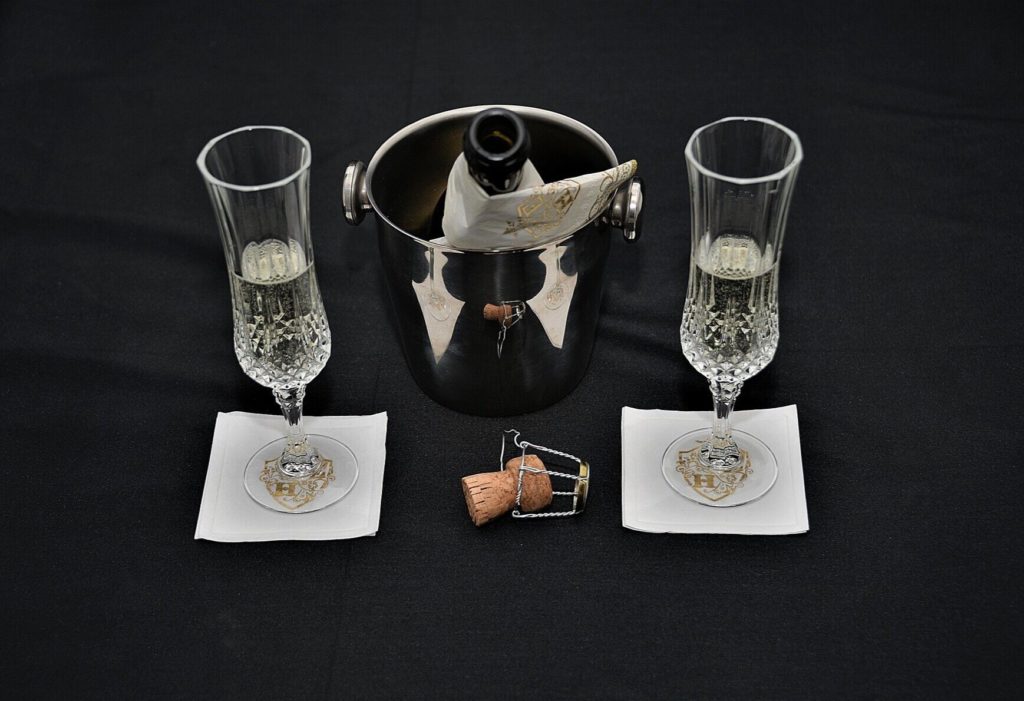
Keeping them cool the right way will make you enjoy your wines to the most.
Hi, dear reader,
Breno is here, once again, to help you enjoying fine and rare wines in the best possible way. I promise that the fine wine investment talk is far from the only thing I do around here!
As time goes by, I keep on learning more details that I hope will lead me to be, if not a critic someday, at least someone whose friends will always reach out to when in need of finding the best possible wine or the most adequate style for a specific tasting or event. And why not use these skills to work on becoming a winemaker, as I set forward here in the blog months ago?
* * *
Today, I’m back to giving you tips on pouring your wine the right way. But this time, on the ideal temperature to serve your wine. Cool, uh? (Apologies for the bad joke.)
“But does it really matter if I am, like, 3 degrees Celsius below or above the ideal temperature?”
Well, do you like warm white wine? I imagine that – neither do we!
Yes, serving wines at the right temperature, or as close as possible, allows us to enjoy the maximum out of their texture, flavors and aromas – with subtle differences being even more determinant than when we debate other issues such as most appropriate glass for each type.
Just as an example: a fresh white wine that’s too cold will mask some of its best characteristics on the palate and stop it from releasing its aromas when aerating, becoming somewhat numb. Meanwhile, a stronger red wine that’s warmer than recommended will overemphasize some of its stronger tastes and alcohol to the point it can become unpleasant and over-tannic.
Having your wine at the peak of its tasting experience in flavors and aromas will also elevate the joy of having a great meal alongside it (oh: for that, here’s our food and wine pairing 101!).
Let’s get to it, shall we?
As a general rule, follow these guidelines and you’ll get your way with the perfect temperatures to serve your wine:
Sparkling wines
Cold, ice cold
Champagne, Prosecco, Crémant, Cava… one thing is certain: serve the bubblies real cold! Ice cold, I’d say. Usually between 5° to 10°C, depending on their quality. It allows to maintain you fine bubbles, not too “gassy”, and still enjoy the delicate balance in their fruit, minerality and acidity.
Higher-end Champagne, such as our magnificent Boërl & Kroff 2002 Magnum, are better around 8° to 10° – to avoid numbing your taste buds and also enhance the fruit in the palate.
Tip: After opening your bubbly and serving your first glasses, you can briefly leave it on ice to sustain its temperature.
White and rosé wines
Chill out with ‘fridge’ cold
From 7° to 14° is where you should be aiming for when thinking of varied white wines such as Sauvignon blanc, Sémillon, Pinot grigio, Riesling and many more. Refreshing the palate to emphasize and balance the higher acidity of these wines is key, here, as it is for rosé.
Lighter white wines, such as Bordeaux blends like this 2012 Château Mouton-Rothschild Aile d’Argent, can benefit from less volatility in the aroma by remaining on the colder side (7°-10°C), as do younger, crisp and low-bodied whites.
Stronger, full-bodied whites such as Montrachet and Chardonnay, that rely heavier on their stronger oak and fruit, can be served more towards on the upper levels, moving closer to 13°-14°C. This allows enjoying their bolder, full mouth-feel.
Red wines
Cool, but not in giant steps
Coltrane fans, hope you got that one. And careful with the “room temperature” narrative! There are quite different kinds of red and this widens the scope to something around to as low as 12°C to, in rare cases, as smooth as 18°C or even a little bit more. Let’s make a distinction:
Lighter, low-bodied: Yes, Pinot Noir immediately crosses one’s mind. Red Burgundy lovers, this one’s for you. But it’s also the case for Grenache, Gamay and other lighter reds. These are the ones, among the reds, that should be kept at the chilliest temperature in this category: from 12°C (the ones less on the fruity and more on the mineral and spicy sides) to 14° (fruitier, such as finer Pinot Noir).
In the middle ground, you can find bolder wines lean to more body, darker color, and more peppery notes, such as Zinfandel, Carmenère, Nebbiolo, stronger Burgundy, Cabernet franc, lighter Merlot and some Sangiovese-based ones. These will usually reach their peak at around 14°-16°C, balancing their rising tannins and allowing them to release the reddish and darker fruit aromas as they swirl in the glass and into the palate.
Bolder, full-bodied: Decant it or not, the strongest out here are best enjoyed as close to what many people (misleadingly) deem room temperature: 15°-18°C. Lower ends here are usually recommended for Merlot, savory Tuscan blends – like our launches from Donatella Cinelli Colombini, Marchesi Antinori and Tenuta dell’Ornellaia –, Spanish tempranillo variations from Rioja and Ribera del Duero. Meanwhile, those powerhouse, chewy reds need a slightly upper temperature to release those bold tannins, whilst balancing the oak and the stronger black fruit notes and letting its finish go on. It’s the case for the bold Syrah – like these gems from Chapoutier and Montes, classic cabernet sauvignon, Douro, Malbec…
Tip: for the decanted ones, don’t forget to decant them cooler than the serving temperature.
Dessert or fortified wines
Now things get complex
Dessert, complex wines – liquorous, fortified or not – carry diverse characteristics that can lead to unexpected suggestions:
While a golden Barsac-Sauternes like the fantastic 2016 vintage by Château Coutet will be usually perfect when around 10°-12°C, a sweeter but Riesling like a Beerenauslese, that carries more acidity, can go a couple degrees colder.
When it comes to stronger, generous wines, trust the producer: if they present very differing temperatures for a single wine, such as the case of fine Moscatel like these fine and historic vintages from JMF, it has a reason: if you plan on having it merely as an aperitif, 10°C will do, as its temperature will mellow the alcohol and slowly rise in the glass and enhance the fruit and oak as you taste. As a dessert wine itself or a digestive, rising to levels around 16°C is the choice recommended by producers to go with your pairing.
Similar goes to premium Port wine, such as historic ABF 1888 from Quinta do Vallado: they may be perfect from 10° to 14° but even to 16°-18°C (from tawny to vintage), while a white Port is naturally served at lower temperatures.
For Sherry, Madeira, Muscat, others, try to have a look at what the label or producer says about serving temperature. It can’t be too painful, and the return will be unquestionable!
* * *
The tips here are all based on the science behind wines, but hey: it’s always a personal matter. Just as I said for food and wine pairing 101, don’t let anyone disavow your choices if you feel good with them! Wine is, above all, enjoyment.
Don’t forget to check out and invest in the wines available on our marketplace.
See you around!
